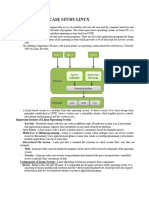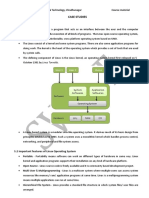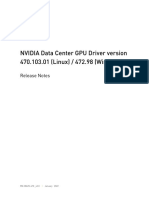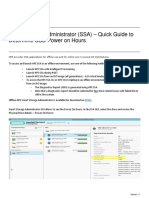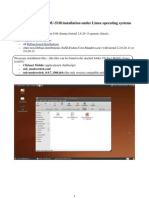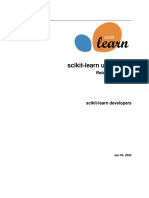0% found this document useful (0 votes)
17 views24 pagesLinux Introduction and Distributions
The document outlines a course on Linux fundamentals, covering its history, architecture, and operating modes. It emphasizes the importance of Linux in IT and its benefits such as being open-source, customizable, and cost-effective. The course aims to equip students with practical skills in using Linux and understanding its applications.
Uploaded by
so.random.dixCopyright
© © All Rights Reserved
We take content rights seriously. If you suspect this is your content, claim it here.
Available Formats
Download as PPTX, PDF, TXT or read online on Scribd
0% found this document useful (0 votes)
17 views24 pagesLinux Introduction and Distributions
The document outlines a course on Linux fundamentals, covering its history, architecture, and operating modes. It emphasizes the importance of Linux in IT and its benefits such as being open-source, customizable, and cost-effective. The course aims to equip students with practical skills in using Linux and understanding its applications.
Uploaded by
so.random.dixCopyright
© © All Rights Reserved
We take content rights seriously. If you suspect this is your content, claim it here.
Available Formats
Download as PPTX, PDF, TXT or read online on Scribd
/ 24








